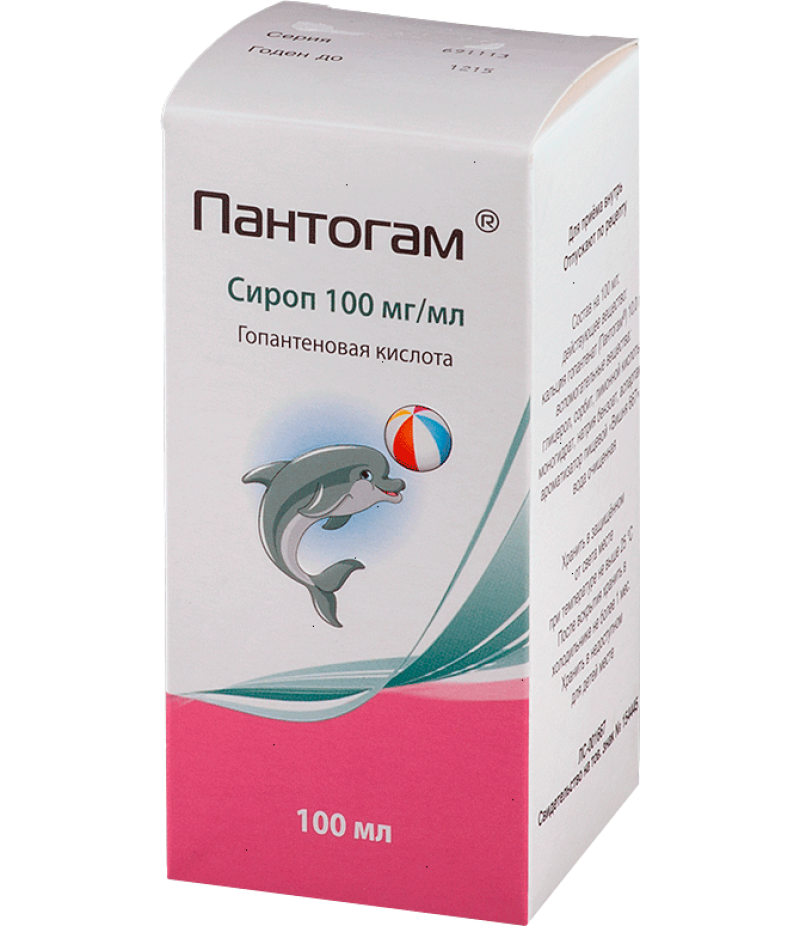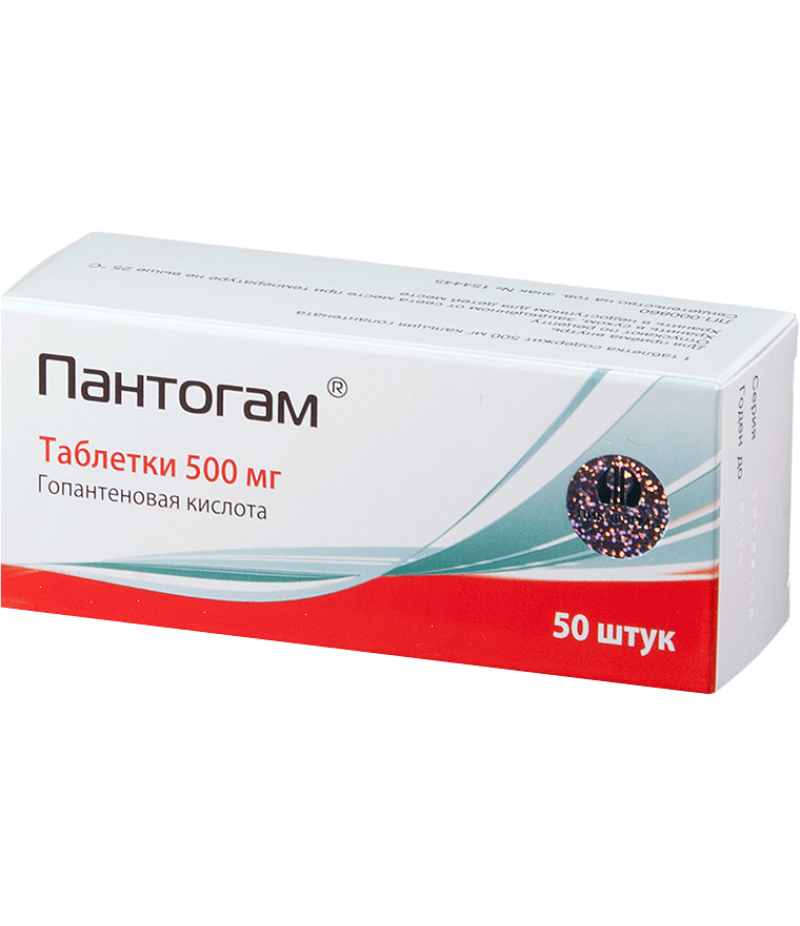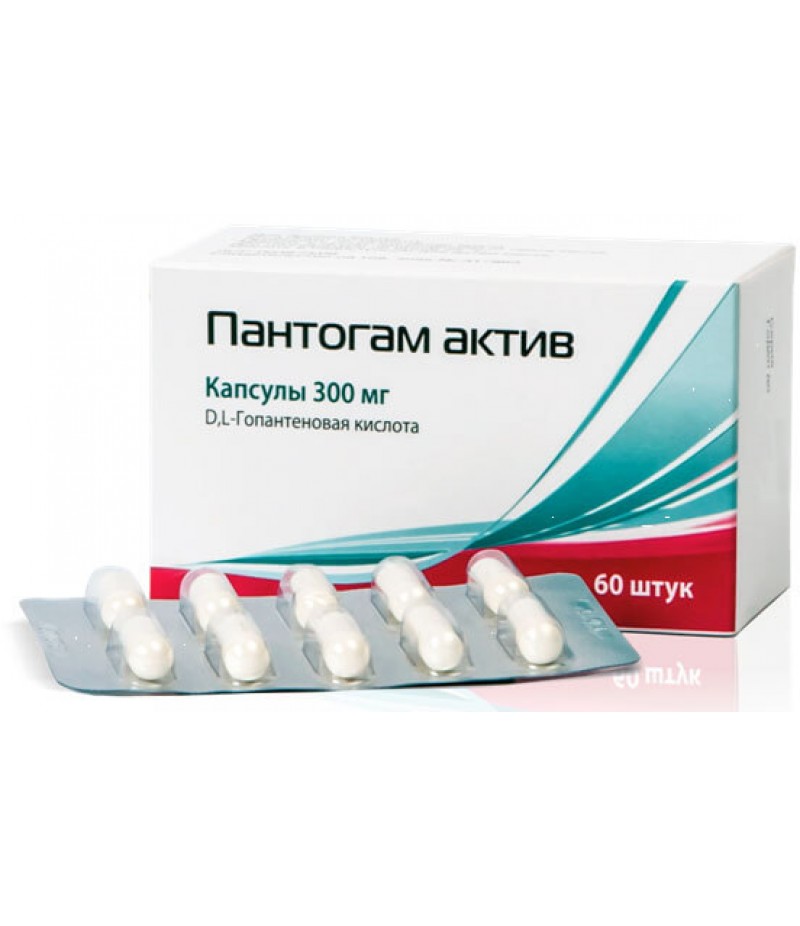Pantogam syrup 10% 100ml
- $42.76
- 3 or more $42.50
- Availability:In Stock
Pantogam Syrup – Natural Nootropic Support for Brain and Nervous System Contains calcium hopantenate, a trusted nootropic and anticonvulsant May help improve mental focus, memory, and cognitive functi
Tags: syrup
Pantogam Syrup – Natural Nootropic Support for Brain and Nervous System
- Contains calcium hopantenate, a trusted nootropic and anticonvulsant
- May help improve mental focus, memory, and cognitive function
- Supports treatment of neurological disorders such as cerebral palsy, ADHD, epilepsy, and more
- Gentle cherry-flavored syrup, suitable for children and adults
- Easy oral dosing with no prescription required
Pantogam syrup is widely used for neurological support, enhancing brain function and calming the nervous system. Ideal for both children and adults experiencing cognitive or behavioral challenges.
What is Pantogam Syrup?
Pantogam syrup contains calcium hopantenate, an active ingredient known for its nootropic and anticonvulsant properties. This syrup supports brain metabolism, improves resistance to stress and toxins, and helps balance nervous system activity.
How Does Pantogam Work?
Pantogam works by acting on GABA receptors in the brain, which helps:
- Enhance mental and physical performance
- Reduce nervous excitability and promote calmness
- Improve memory, concentration, and learning abilities
- Support recovery from brain injuries and neuroinfections
- Balance neurological function in conditions like epilepsy and schizophrenia
Who Can Benefit From Pantogam?
Pantogam syrup is commonly used for:
- Children with perinatal encephalopathy, cerebral palsy, or developmental delays
- Individuals with ADHD, hyperkinetic disorders, and behavioral issues
- Patients recovering from brain injuries, neuroinfections, or epilepsy
- People experiencing psycho-emotional stress, memory problems, or concentration difficulties
- Those with neurogenic urinary disorders like urgency and incontinence
Dosage and Administration
Pantogam syrup (100 mg/ml) is taken orally 15–30 minutes after meals. Dosage varies by age and condition:
- Adults: 2.5–10 ml per dose, total daily 15–30 ml (1.5–3 g)
- Children: 2.5–20 ml per day depending on age (0.25–2 g)
Treatment courses typically last 1–4 months, sometimes up to 6 months, with possible repeats after 3–6 months. Dosing is gradually adjusted for best results, with morning and afternoon administration preferred.
Possible Side Effects
Side effects are rare but can include mild allergic reactions (rhinitis, skin irritation), and in some cases, nervous system symptoms like headache, dizziness, or sleep disturbances. If these occur, dose reduction or discontinuation is advised.
Contraindications and Precautions
Do not use Pantogam syrup if you have hypersensitivity to its components, severe kidney disease, pregnancy (especially first trimester), or phenylketonuria (contains aspartame). Consult a healthcare professional before use.
Storage
Store unopened in a dark place below 25°C. After opening, keep refrigerated and use within 1 month. Keep out of reach of children. Shelf life: 2 years.
Ordering Information
Pantogam syrup is available without a prescription. Order now for fast, reliable delivery worldwide and support your brain health with this trusted nootropic.



